Anzac Day 2019: Aussies gather for Gallipoli service
The quiet and calm of Anzac Cove is tonight in stark contrast to the mayhem, bloodshed and slaughter that happened when Australia’s soldiers landed there on April 25, 1915.
National
Don't miss out on the headlines from National. Followed categories will be added to My News.
The gravestones at Anzac Cove at Gallipoli face out towards the water.
Gentle waves crash on to the beach, with those left to rest having a view over a peaceful bay.
The quiet and calm of Anzac Cove is tonight in stark contrast to the mayhem, bloodshed and slaughter that happened when they landed there on April 25, 1915.
Above the cemetery, the cliffs loom large over the beach. Looking at them again today, it was clear that the Australian soldiers who landed there had no chance.
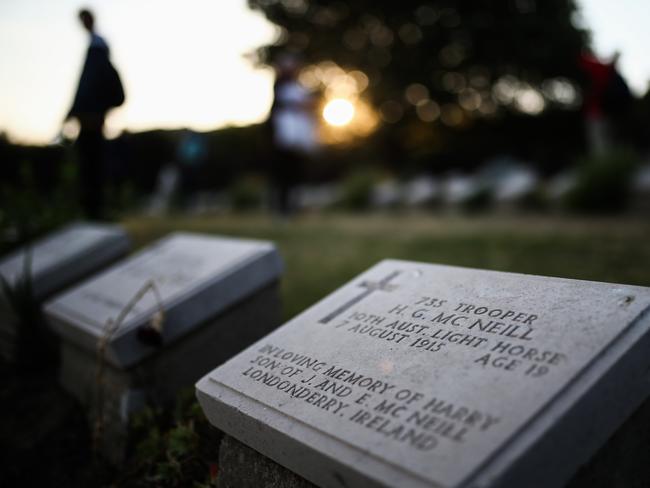
This was probably the worst place to launch an attack on the whole coastline, which led to the deaths of 8,141 Australian soldiers, among 26,111 casualties from the nine-month campaign.
That the Australian soldiers gained any ground at all is a monument to their bravery and determination, despite the miscalculations of the British officers in charge of the assault, led by Winston Churchill.
That fighting spirit, against the odds, and the immense sadness at the loss of life, has been drawing people back to Gallipoli for 100 years.
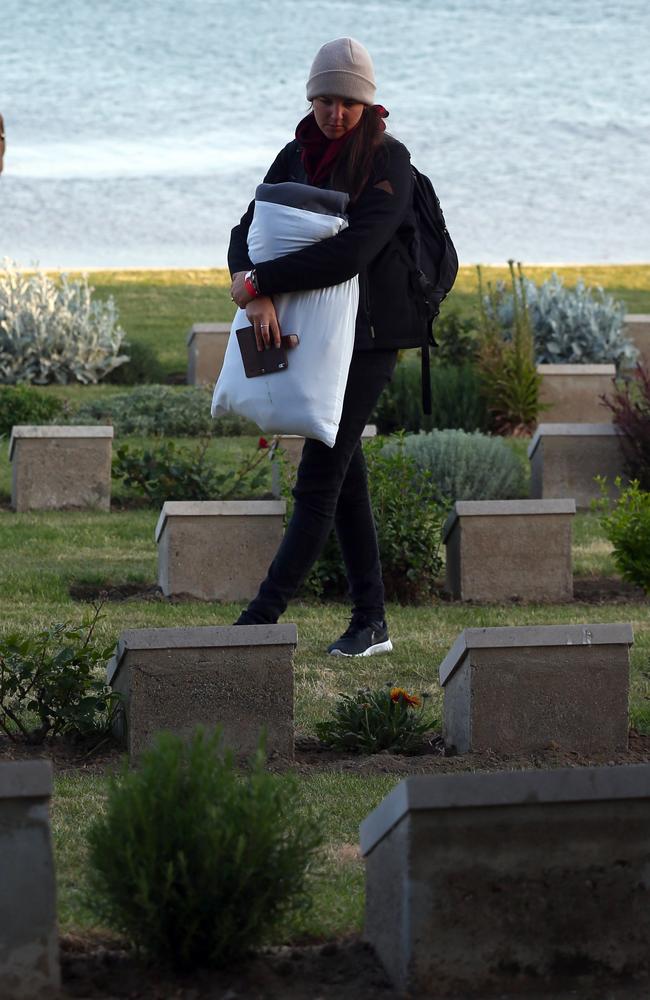
Major General Mark Kelly, of the Department of Veterans Affairs, has been leading the commemorations at Gallipoli for several years.
He said at Anzac Cove today that Gallipoli still had special meaning for Australians.
“There’s that interest again from that younger generation, Australian and New Zealanders particularly come here as almost a rite of passage,” he said.
General Kelly said that there would be about 1300 gathered at the dawn service this morning.
“It makes it almost an intimate church service, it’s quite special... here in the place where it all started,” he said.
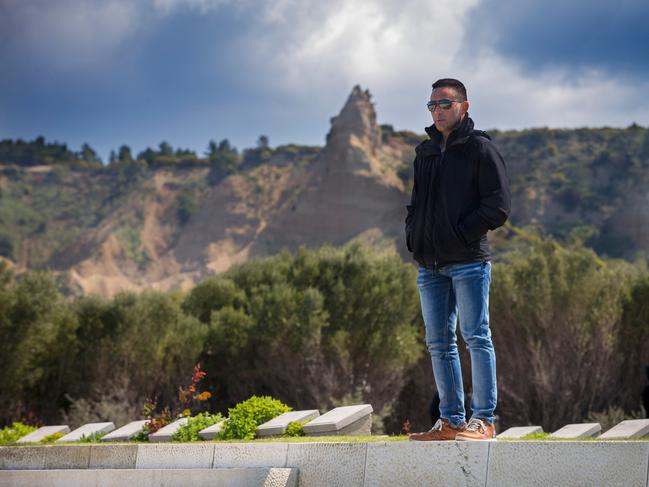
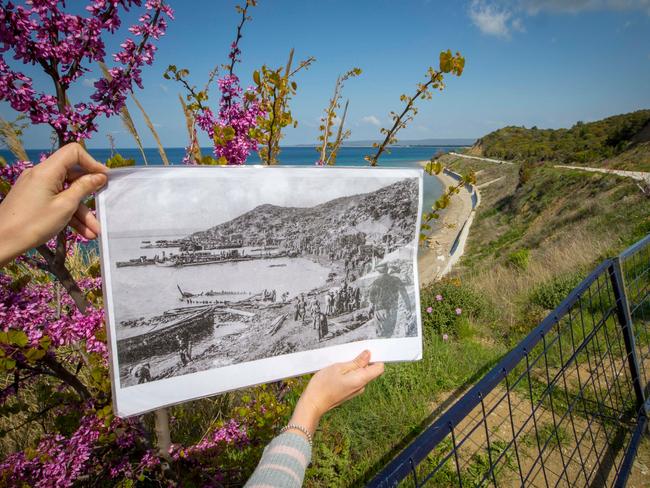
Leading Aircraftman Robert Scott visited his great-great uncle’s grave at Gallipoli today.
He said that he was proud of his family’s military service.
“My great-great uncle Private Thomas Haylock was in the 21st Battalion. He was killed on the 12th of October, 1915, here on the Gallipoli Peninsula and was buried in the grave just here in Shrapnel Valley,” LAC Scott said.
“His brother, my great grandfather Frederick Haylock was also in Gallipoli and unfortunately had to identify his brother’s body.”
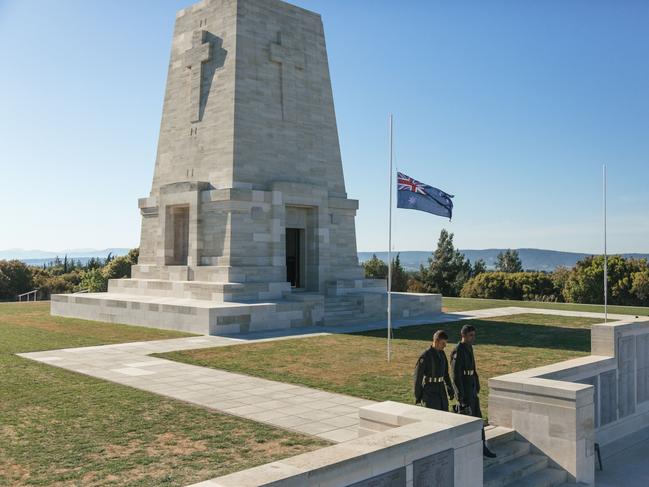
LAC Scott, who will play at the Anzac Day services in Gallipoli, also played at his great-great uncle’s grave.
“Visiting his grave was an emotional experience, more humbling rather than sad,” he said.
Turkey has continued to welcome Australians and New Zealanders to Gallipoli despite the emotional outburst from the country’s president following the massacre of Muslims in Christchurch by an Australian.
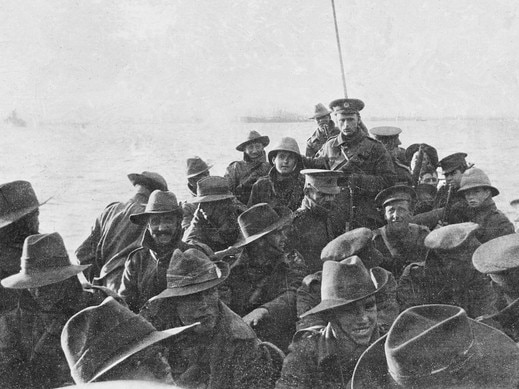
But the local people also have a great sense of pride in their victory here, flags fly in many streets and they remember the tens of thousands they lost too.
Some of the trenches are still there on the hills above the beaches.
The ones that remain were only big enough to lie down in and it was hard to imagine just how harsh the conditions would have been for the soldiers who had dug in there for months.
There were others that had wooden logs supporting them into what appeared to be a system of tunnels.
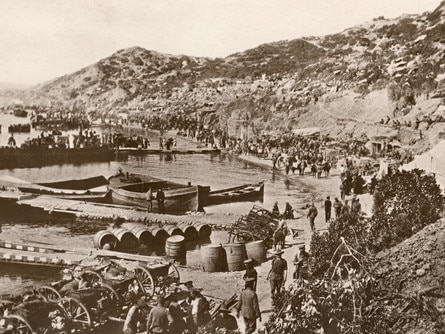
Small artefacts such as bullet shells and ammunition clips can still be found in the areas off the tracks at Gallipoli despite the century since the fighting stopped.
And while those reminders remain, the bond between Turkey and Australia has also been on show in the welcome that Australians who travel to Gallipoli have continued to receive in recent days.
The local people have put into action the words Ataturk, who fought for Turkey in the campaign and later became the founder of modern Turkey, which were written on a memorial at Anzac Cove.
“Those heroes that shed their blood and lost their lives. You are now lying in the soil of a friendly country. Therefore rest in peace,” the quote on the memorial stone reads.
“There is no difference between the Johnnies and the Mehmets to us where they lie side by side in this country of ours.”


